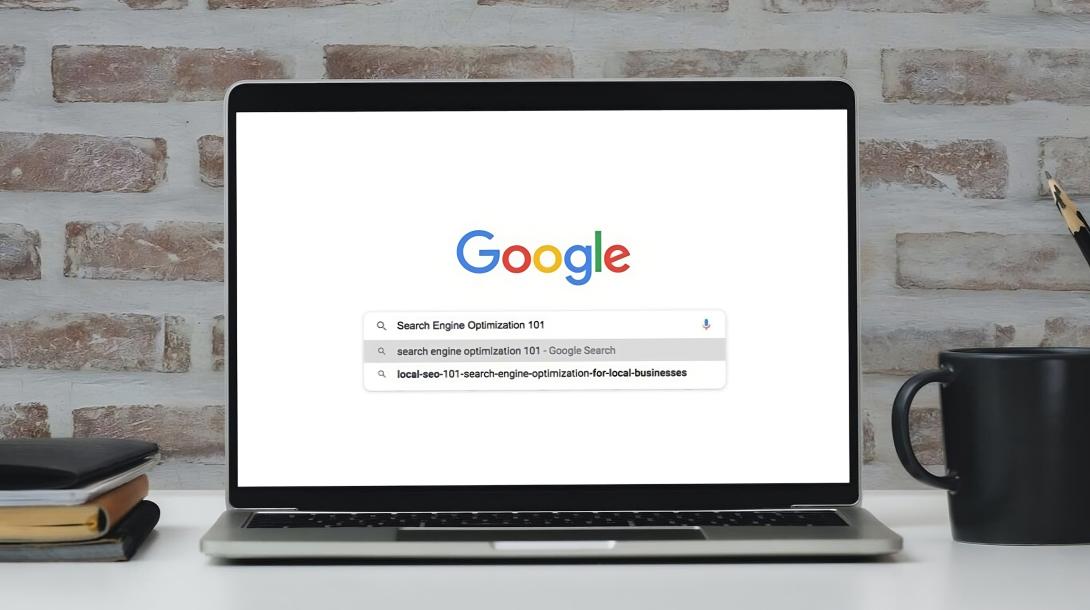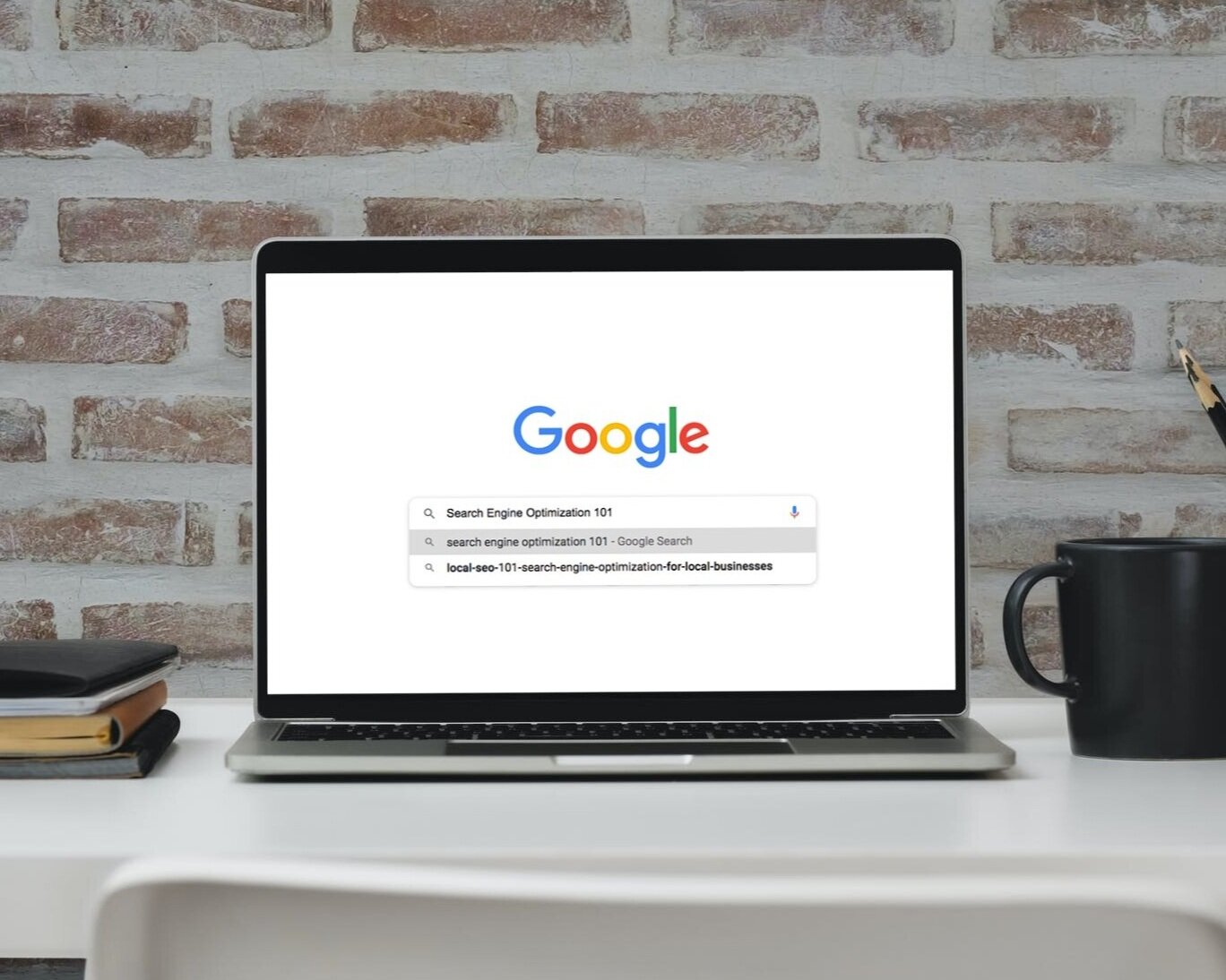How to Optimize Your Website for SEO


There is so much information about Search Engine Optimization on the internet. We’ve even thrown our fair share of SEO tips into the ring as well. It certainly isn’t a black-and-white marketing strategy and it can border technically intimidating at times; it changes as our technology gets smarter. What we do know is: the importance of implementing SEO at the outset when building a new website or writing web content is favourable and smart.
While SEO ought to be top of mind for a business, it may not be your #1 priority to research the best practices. So we’ve put together SEO recommendations so you don’t have to look too far.
SEO 101
What is SEO at its most basic?:
-
Search Engine Optimization can be reduced to quality content, keywords, and relevant links. Prioritizing and combining these elements help you improve your site ranking, which is the key to boosting traffic to your site, increasing the reach of your products and key messaging, and potentially driving new leads.
How do you make SEO work for your business?
-
Create and promote quality content intended for readers, not computers
Your content needs to align with what people are intent on searching for. Think about the questions they would ask, and how your content and keyword phrases will answer their inquiries.
-
Optimize the loading speed of your site
A slow site means frustrated users who will exit your page, which lower your ranking. There are lots of free tools that can help you check your page speed, including Google's PageSpeed Insights. We’ve got a great article to help Make Sense of Google’s PSI and how to improve your website’s performance.
Images also play a crucial role in an engaging site, so the images you use need to be optimized for speed with the best file format.
-
Front load your titles with main keyword(s)
Search engines will prioritize the key term in your title tag. If you can, start your titles off with the keyword you hope to rank for. If you can’t do so in your title, do your best to implement your keywords early in the hierarchy of your page.
This doesn’t mean stuff a bunch of keywords onto your webpage, as search engines will catch on. Instead prioritize search intent and high quality titles.
-
Avoid duplicating content, instead include unique headers and descriptions
If you run a blog or have a blog page, this should be easy as you keep search keywords and the title hierarchy in mind. If it’s an e-commerce site, this may be a bit more complicated but worth the effort. Consider combining pages that have similar content together
-
Ensure your website is mobile friendly
We’ve all encountered a site that wasn’t optimized for our phone viewing and have quickly left because the usability trouble wasn’t worth it. Google has learned to prioritize both desktop and mobile optimized websites when providing results, so your mobile version holds equal weight.
-
Internal linking is probably the easiest best practice to implement
A good link building strategy will help keep your viewers on your page, while establishing an information hierarchy. This helps search engines understand the content on your website while improving your rankings. Linking one page to another, ie. a new blog post that links/references an older relevant topic on your website, is a great way to optimize already top-ranking pages while boosting your new post.
Need more information about SEO? We’ve got you covered. Check out our previous blog post on SEO Takeaway Tips that highlights Common Mistakes and Improvements. Or, if you’re looking for the technical version, we’ve got a great article on SEO for Web Developers. See what we did there?
Need help improving your website’s current SEO strategy?
